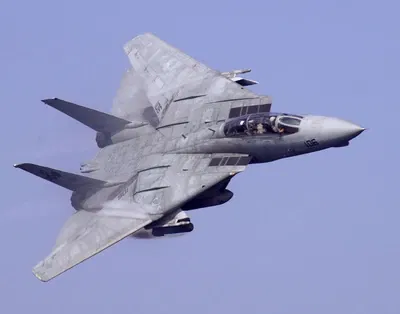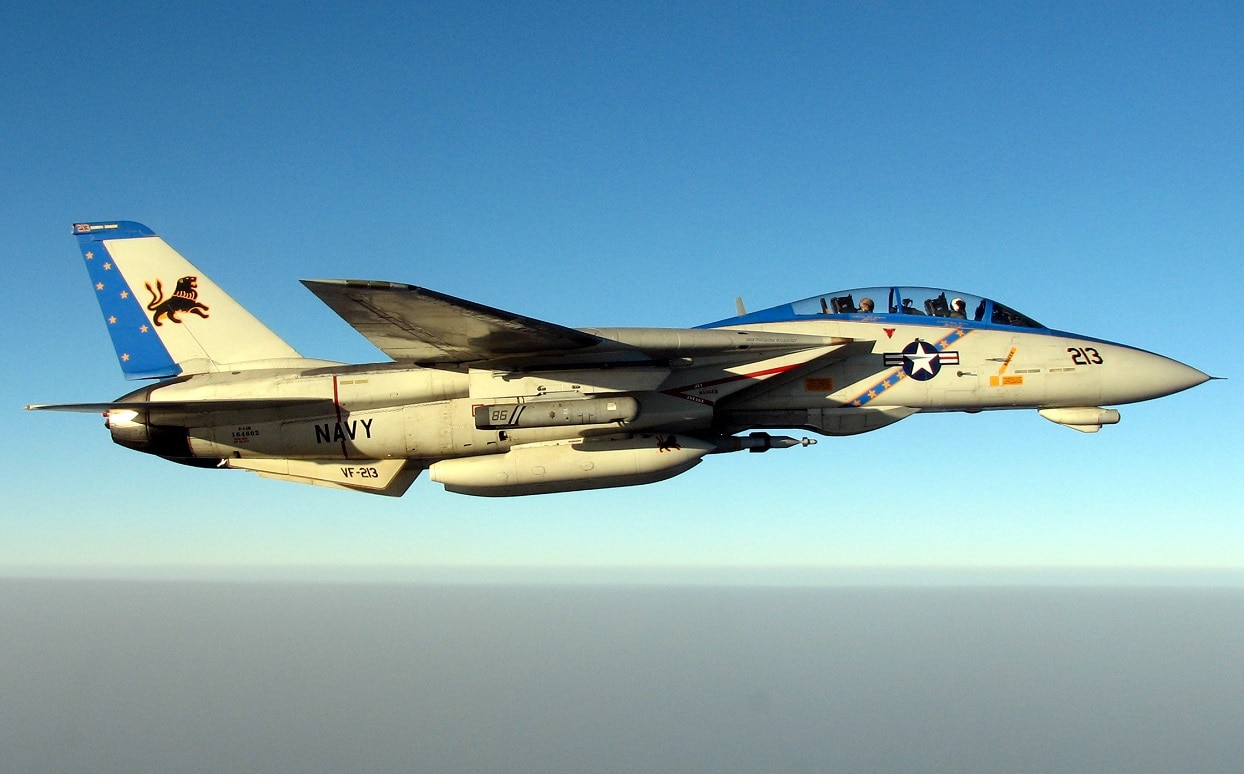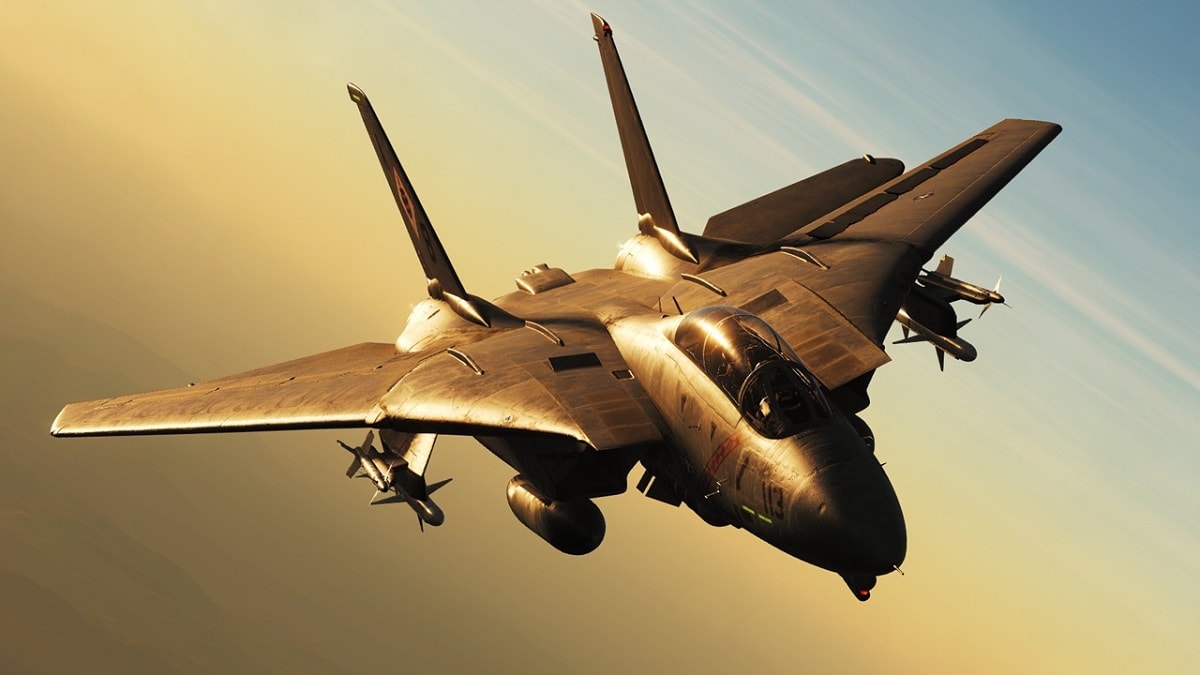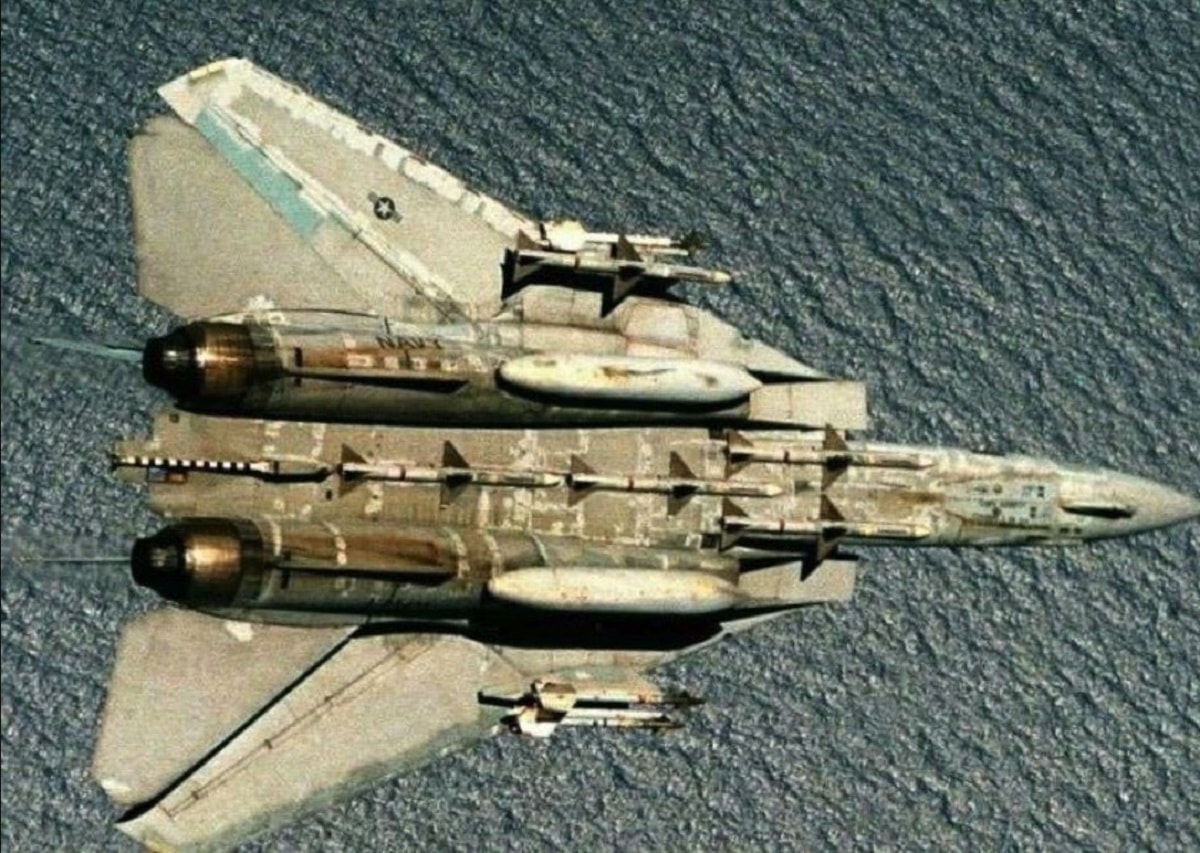
The famous 2-seater F-14 Tomcat has found a permanent resting place in the hearts and minds of US Navy personnel and countless other aviation enthusiasts
The famous 2-seater F-14 Tomcat has found a permanent resting place in the hearts and minds of US Navy personnel and countless other aviation enthusiasts

By Kris Osborn, President, Center for Military Modernization
The famous 2-seater F-14 Tomcat has found a permanent resting place in the hearts and minds of US Navy personnel and countless other aviation enthusiasts. The airframe became known for its advanced speed and dogfighting ability.
Not only did the aircraft achieve Top Gun fame, but it is also known for going through an evolutionary process, resulting in a highly capable jet.
A lesser-known ability of the F-14 is its incredible Mach 2.3 speed, which places it alongside the F-22 as the fastest US fighter jet ever.
As a two-seat fighter jet, the aircraft became known for its air-to-air prowess, given that several sets of eyes could monitor relevant targets, enemy maneuvers, and overall combat-zone awareness.
While in flight, a pilot focuses on vectoring and locking in targets for the jet’s weapons; an aviator can simultaneously track additional targets, surveil the surrounding area with additional line-of-sight observations, and offer time-sensitive constructive input and instruction to the pilot.
The presence of the aviator lowered the cognitive burden placed upon pilots and allowed for a more focused air combat platform.
F-14: Retired Too Early?
Given its speed, carrier-launch ability, and overall performance parameters, some might be inclined to question whether the aircraft was retired too soon? Could it be brought back? Would that make any strategic and tactical sense?

Persian Gulf (Oct. 10, 2005) A specially painted F-14D Tomcat, assigned to the ÒBlacklionsÓ of Fighter Squadron Two One Three (VF-213), conducts a mission over the Persian Gulf. VF-213 is assigned to Carrier Air Wing Eight (CVW-8), currently embarked aboard the Nimitz-class aircraft carrier USS Theodore Roosevelt (CVN 71). U.S. Navy photo by Lt.j.g. Scott Timmester (RELEASED)
The F-14 even received a massive and highly impactful engine upgrade, given that its original TF30 was retired due to performance problems and replaced with General Electric F110-GE-400 engines which “solved” the TF30’s performance problems.
This adjustment helped support the aircraft’s propulsion and thrust-to-weight ratio in a manner that helped propel the platform’s successful combat performance in Vietnam, Libya, the Gulf War, and 2003 Operation Iraqi Freedom. The aircraft was retired in 2006.
The Tomcat brought an unprecedented high-speed air-attack platform to aircraft carriers, which has not returned since the F-14’s retirement in 2014. Did the arrival of the F-22 motivate the Pentagon to retire the F-14 quickly?
It is possible, but the airframe’s departure left Navy carriers without a superior air supremacy platform because the F-22 could only launch from land.

F-14 Tomcat
The F-14’s engines were powerful but incredibly problematic, losing as many as 40 Tomcats over the years. The Pratt & Whitney TF30 engines, eventually replaced by General Electric F110-GE-400s, effectively solved all of the TF30’s problems, but many F-14s continued running the old engines well into the 2000s.
The departure of the F-14 raises the key question of whether the airframe’s absence left aircraft carriers far too vulnerable and compromised the US Navy’s ability to project power. The size of the F-22 fleet was truncated, and the Raptor could not take off at sea. Continued upgrades to the F/A-18 have certainly been significant for the Navy’s maritime power, yet the craft lacks the speed and air-to-air maneuverability of an F-14.
F-14 Tomcat vs. F-35
Has the arrival of the F-35C and F-35B compensated for lacking an F-14 in a Carrier Strike Group? To an extent, this may be true, yet the F/A-18 is nowhere near as fast as the F-14, and clearly, the US Navy could have continued to upgrade and extend the service life of its Tomcat fleet just as it has done with the Hornet F/A-18 E/F.
The F-35C only reaches speeds of Mach 1.6 and, therefore, does not rival the pure speed of a Tomcat. However, its next-generation sensors might remove any need for the aircraft to have to engage in any dogfight or air-to-air combat engagement.

F-14 Tomcat
About the Author: Kris Osborn
Kris Osborn is the Military Technology Editor of 19FortyFive and President of Warrior Maven – Center for Military Modernization. Osborn previously served at the Pentagon as a highly qualified expert in the Office of the Assistant Secretary of the Army—Acquisition, Logistics & Technology. Osborn has also worked as an anchor and on-air military specialist at national TV networks. He has appeared as a guest military expert on Fox News, MSNBC, The Military Channel, and The History Channel. He also has a Masters Degree in Comparative Literature from Columbia University.
